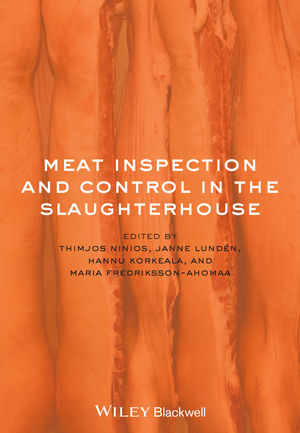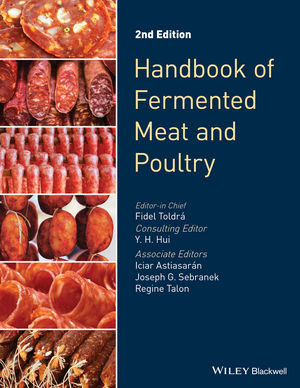
By Teresa Frey
It has been a little over 40 years since Congress passed the Wholesome Meat Act, the major amendments to the Federal Meat Inspection Act of 1906, signed into law by President Lyndon Johnson on December 15, 1967. The intent of the legislation was to standardize the inspection of meat and poultry products moving in interstate commerce while authorizing states to qualify for funding of half the state’s program when inspecting intra-state products. However, many states in subsequent years opted out of their inspection programs as a way to save money, leaving it up to the USDA Food Safety and Inspection Service to meet the needs of local manufacturers. This trend continues today as states across the nation seek to trim budgets by either reducing or eliminating State inspection program funding.
A total of 27 states currently operate meat and poultry inspection programs. According to the National Association of State Departments of Agriculture (NASDA), two states, Arizona and Indiana, came very close to eliminating their inspection programs for fiscal year 2011, opting instead to drastically reduce their inspection program funding. Indiana eliminated $1 million in meat inspection operating budget. (By law, the USDA must match state funding; therefore the real dollar budget reduction equals $2 million.) Many others, including Alabama, Mississippi and Georgia come closer each budget cycle to dong the same. As coffers shrink, it is likely that more states will consider taking similar action.
State officials justify the elimination of inspection services by assuming that state inspection is redundant to federal inspection. However, according to a 2001 report by the University of Nebraska Public Policy Center, state inspection programs are better able to meet the specific needs of smaller producers. Specifically, state inspection programs are more accommodating to small and medium-sized plants, particularly when it comes to inspection schedules. They also are more willing to explain regulatory code to assist smaller producers comply with complex food safety regulations.
There are logistical challenges for small plants under FSIS inspection. Small slaughter facilities in remote, rural, areas may need to wait for federal inspectors to conduct ante-mortem inspection. In fact, FSIS District Offices, which oversee local inspection activities, are often in another state. For example, the District Office for Arizona is in Colorado, and Indiana’s is in Illinois.
State officials also assume that plants operating under state inspection can transition to federal inspection. However, history shows that small and very small plants operating under state inspection programs go out of business when state inspection programs end, because higher federal inspection overtime rates and facility upgrades increase plant operating costs to such an extent that they can no longer operate at a profitable level.

There are also food safety issues that state officials underestimate when suggesting the elimination of inspection programs. Again, history points to the repercussions of Governor Brown’s decision to summarily end California’s state meat inspection program.
A March 2010 letter written by Dr. Dennis Thompson, chief of California’s Meat & Poultry Inspection Branch, cautioned against the disillusionment of the Arizona state meat and poultry inspection program, citing that the absence of a state meat inspection program leads to an increase in the number of operations exempt from FSIS inspection. The exempt operations included small, custom slaughter operations, non-amenable species slaughter operations and retailers conducting processing. To close this inspection gap, California implemented a truncated state inspection program which now operates solely to inspect product exempted from federal inspection. Dr. Thompson has since retired and was not available for comment.
The State of Arizona, Office of the Auditor General, May 2010 Performance Audit Report cited that, “transferring all meat and poultry inspections to the USDA [in fiscal year 2009] would have saved the state approximately $450,000 in state General Fund monies.” However, Arizona officials, like California before, failed to add back in lost tax revenue from failed businesses as well as expenditures for operating a truncated inspection program for federally exempt products. The amount “saved” from discontinued inspection programs is either much less than $450,000 or possibly a loss for the state.
The best hope for state inspection programs is for industry to remind state legislators of the importance of state inspection programs and to consider the entire economic equation when evaluating inspection programs. Not doing so is a short-sighted action that they may live to regret.
Teresa Frey, principal of Teresa E. Frey & Associates and former National Meat Association director of technical and educational services, provides regulatory analysis and compliance assistance to meat and poultry manufactures nationwide. For more information regarding Frey’s services, please visit www.managehaccp.com or call (404) 433-2130.









